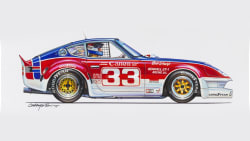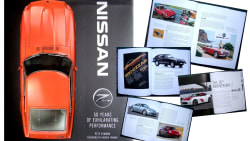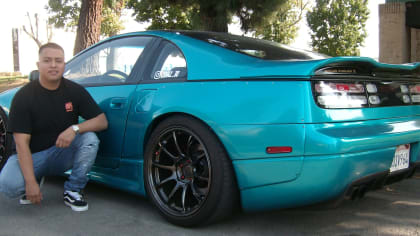Datsun 240Z "Baja" - Speedy Gonzales
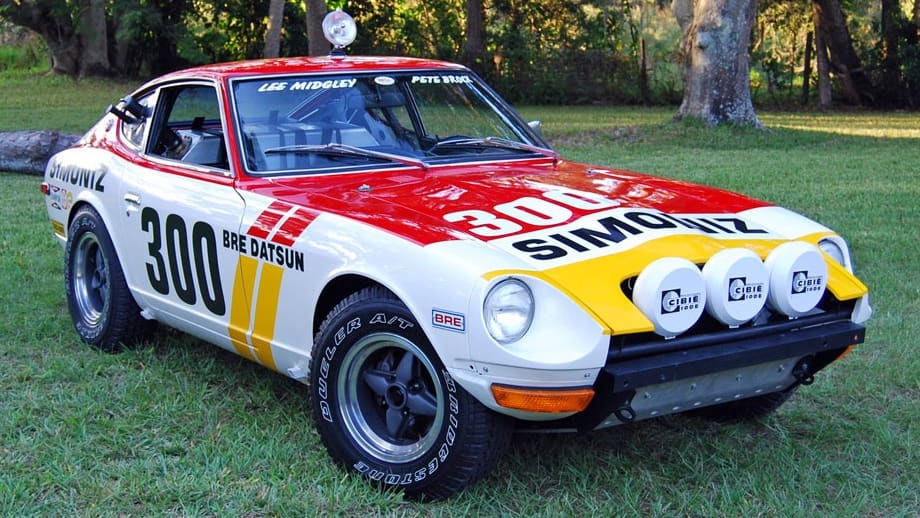
Road Course? Sure! Baja 1000? Why Not?!
The Datsun 240Z is widely known for its prowess on road courses, but did you know Peter Brock took one to the Baja 1000?
By Hector Cademartori
Wed, Nov 4, 2020 10:00 AM PST
Photos Courtesy: Brock Racing Enterprises (BRE) and Carl Beck.
Featured photo: “The long hood was the main problem of the 240Z in Baja” - said Brock. The image illustrates this statement.
This article is a part of
Nissan Z ExtravaganZa
Click to see the collection and all the included articles!
It’s no secret that the 240Z King of Road Racing, Brock Racing Enterprises' (BRE) Peter Brock, is a fan of off-road racing. When he partnered with Nissan in 1968 to run the manufacturer’s racing program it didn’t take a long time to turn asphalt machines into dirt racers. First was a Datsun pick-up, then 510s and finally a 240Z, all tasted the extreme, grueling, conditions of the Baja California desert.
The first Baja 1000 (then called the “Mexican 1000”) was held in 1967 and Brock was present with a BRE-prepared Datsun pick-up with a very well known female motocross rider at the wheel by the name of Mary McGee (Editor: 2018 American Motorcyclist Association Hall of Fame inductee).They finished the race and Brock was hooked.
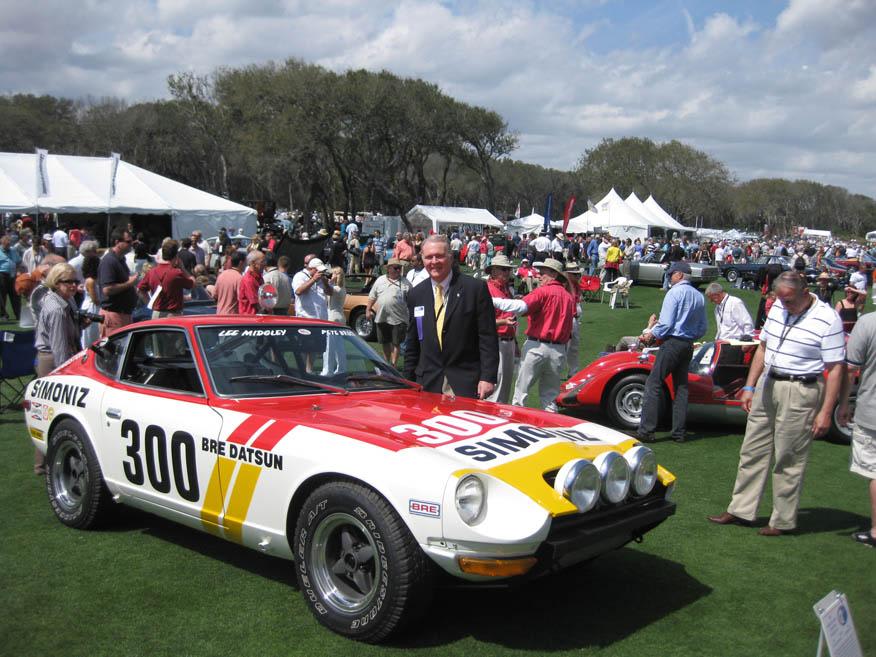
The following year he entered and drove a 510 himself and, in 1969, the BRE Datsun contingent included his pick-up truck again and three 510s. In both races he came in second to the famous rally driver Erik Carlsson in a factory SAAB. The team continued racing Datsuns in Baja the following years, including the subject of our story which ran twice in Mexico: with Peter Brock and Lee Midgley in the 1973 Baja 500 as #300 and the same year with Fritz Warren and Don Richards in the 1000-miler as #170.
This is a lesser known part of BRE’s colorful history but if you want to learn more, stop by BRE.com for the whole enchilada…and yes, the pun is intended.
Peter Brock answers seven short questions about this project.
1) How did you choose the drivers for the 240Z Baja project? Who were they?
I ran the car a couple of times. Each time taking co-drivers who had pavement racing experience. (Lee Midgley, a great Alfa driver in the 2.5 Trans Am series against us and Fritz Warren, an old friend and mentor who could be counted on to deal with Baja whatever happened.) We ran both the 500 and 1000, since there was a good amount of pavement at the beginning of these events, about 80 miles as I remember…
I thought it might be worthwhile to take advantage of the 240Z’s top speed on a road course. At one event I started directly in front of Parnelli Jones (30 second interval) in his specially built Baja racer and led him all the way until we transitioned to dirt….within about a minute he was on me and passed like I was parked!
2) What sort of reinforcing did you perform to make unit-bodies cars without conventional frames tough enough for off-road use?
Mostly changes to protect the underside of the car. 1) We removed the fuel tank and built a new tank that mounted high in the rear storage area. 2) Raised the car on its suspension and then fitted large ¼ alloy skid plate to the underside of the nose to protect the steering and radiator.
3) What did you do to the engine? I assume the preparation was different from the road racing cars.
We replaced the stock engine with one of our regular race engines but lowered the compression ratio to run on Mexican fuel and put in a new cam for better mid-range torque and used Hitachi-SU carbs instead of the “racing” Mikunis sidedrafts.
4) The wheels look like racing 14” ones. What size were the tires?
...Can’t remember the exact sizes but we used the largest all-terrain Bridgestones that would fit the strut suspension.
5) You mentioned in a previous conversation that the long hood was a problem.
The long hood was the main problem in Baja as there are many small steep rises which don’t permit choice of direction until you top the crest ….each of those delays can cost a second or two….in a 1000 mile race each delay adds up. The 510 was a far superior car to drive off-road.
6) Did the rest of your road racing crew participate in the Baja project?
Going to Baja was a good exercise for those who wanted to go. It’s a lot of work because so much is unexpected…you’ve gotta have guys you trust that can think for themselves when nothing goes as planned (and that’s standard Baja).
7) Who owns the car now?
The car is currently owned by Carl Beck in Florida who completely restored it after a previous owner had returned it to “stock” configuration! That’s story in itself and might be interesting…
The Rest of the Story
Following Peter’s suggestion, we contacted Mr. Beck in Clearwater, Florida and he was right, it was an interesting story and our article got a new chapter.
In Mr. Beck’s words:
“When BRE shut down at the end of 1973, the car was sold. First it went to Ventura Datsun, where they ran it in the Mint 400 off-road rally in 1974. Then it was sold to a Dr. Logan, a dentist in Dinuba, California in 1975. He thought that instead of buying a stock 240Z and then adding performance items, it would be less expensive to buy a used competition car and de-tune it for street use.
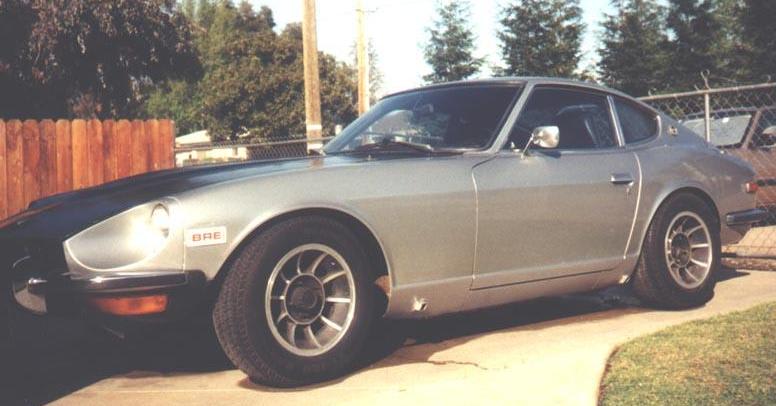
He repainted the car silver, put a stock hood and bumpers back on it. Removed the fuel cell and replaced the stock fuel tank. He put a stock interior back in the Z and drove it for pleasure for a couple years and stored it away. It sat stored until around 1998 when he sold it to a family friend, who then sold it me.
Les Cannaday (Editor: Les is a well known Datsun guru in Vista, CA) and I knew that BRE had built for Baja, but did not know what happened to it. We had both been looking for the BRE Baja 240Z for years. When the friend of Dr. Logan, who had bought the car from him, contacted Les and let him know he had the Z for sale. Les in turn contacted me and I bought the car with the intent to restore it to its “as raced” condition.
When I began the restoration I contacted Mr. Brock and he was immensely helpful, supplying magazine articles from the period, photos from his archives and even some original sponsor contingency decals I was unable to locate via any other source.
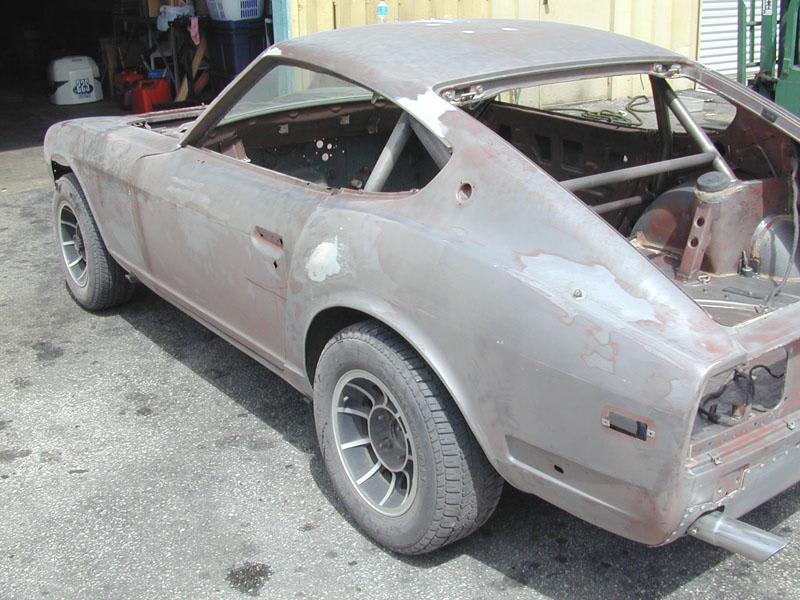
I did all the grunt work. Took the car apart, restored/refinished/replace all the bits and pieces myself. I sent the engine to Sunbelt Performance in Atlanta, GA which built several National Championship L24’s over the years. The paint and bodywork was done by Bobby Pratt at Pratt’s Auto Body here in Clearwater, FL.
There are some VERY interesting technical parts in this unique car:
The suspension, front and rear, was specially-ordered from Nissan Japan, and supplied to BRE by Nissan Technical Engineering Dept. USA.
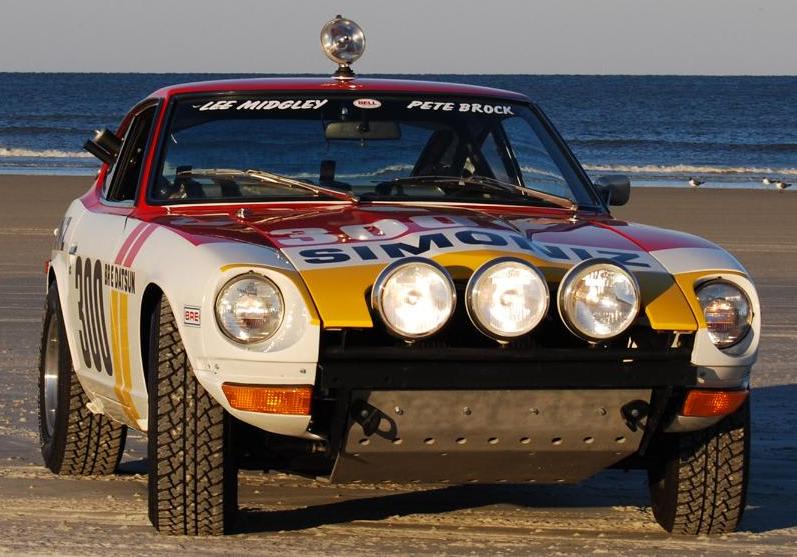
It is the same suspension as used on the Nissan factory rally Z cars that won the East African Safari Rally in ‘71 and again in ‘73. These special competition parts came through Nissan Japan’s "Sport Option Catalog” of FIA approved competition parts.
Others components on the Baja Z included plexiglass side and rear windows, competition radiator, competition 5-speed gearbox, 4 piston FIA brake calipers and ventilated rotors, none of which were legal in SCCA C-Production Class.
Also, the progression of competition technology and race car preparation from Mr. Brock’s days at Shelby America, where the Shelby 350GT-R’s and the Daytona Cobra Coupes were built, were passed on “organically” to the BRE Baja Z.
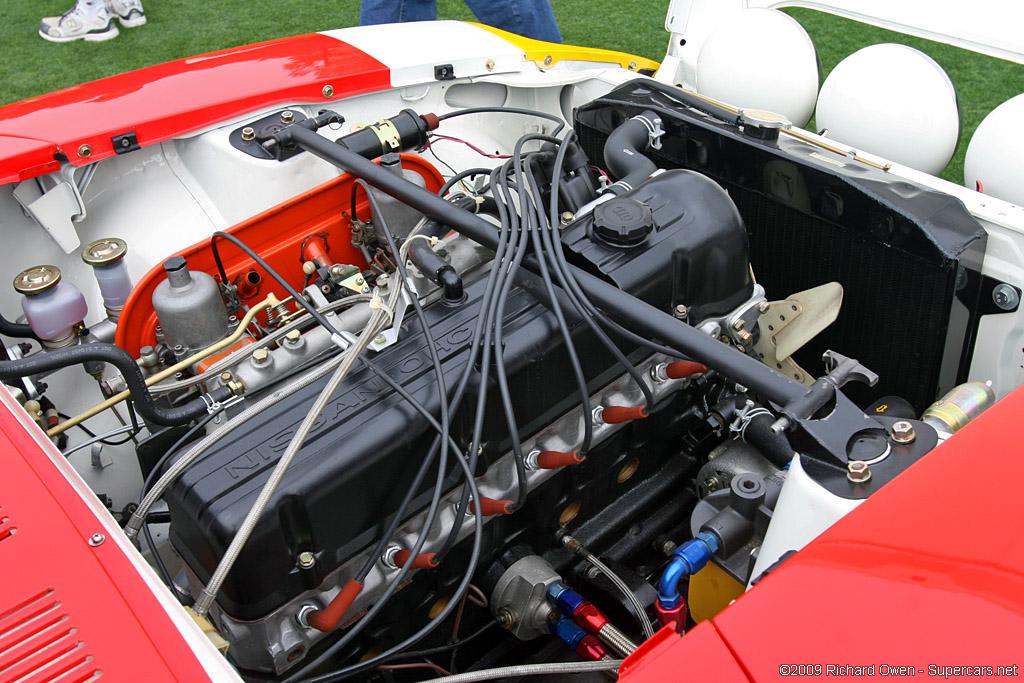
The car displays the first application of a strut tower brace on a 240Z. However, the brace first was used on the Shelby 350GT-R’s, as the Ford Motor Company put “Export Braces” on all of Mustangs that were shipped overseas. The team at Shelby’s took advantage of the Export Brace (a regular production part put on hundred of exported Mustangs) to stiffen the front suspension on their race cars to great advantage. (That seems to have been carried over and applied to the Baja Z.)
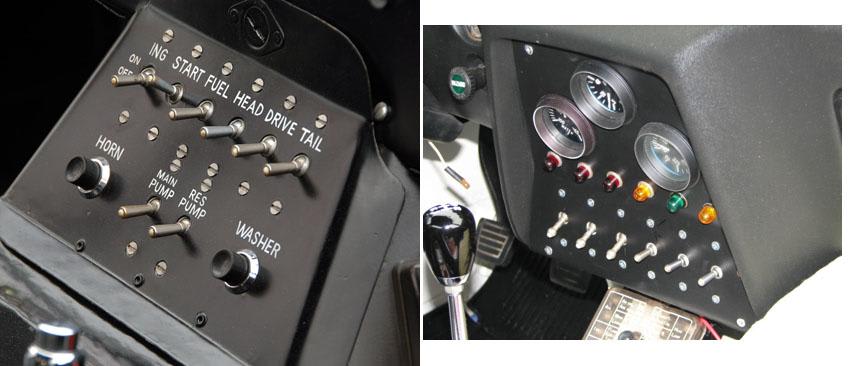
If you look at the instrument panel in the Datsun, you see the use of tough, military-grade WW-II-era aircraft circuit breakers and switches for lighting, fuel pumps, etc. all set in a custom aluminum panel. By the way (and what no one really believes was just sheer coincidence) the instrument panel in the BRE Baja Z is almost identical to the one in the Cobra Daytona Coupe.
When the restoration was completed, the BRE Baja Z was invited to the prestigious Amelia Island Concours d’Elegance in 2009. It was the first Datsun 240Z ever shown there!”-Carl Beck concluded.
And as the redoubtable radio newsman Paul Harvey used to say:
“… And now you know ... the rest of the story”.
About The Author
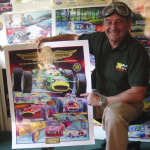
Hector Cademartori honed his racing art in Buenos Aires. In 1983, he left his job with Corsa Magazine in Argentina and moved to Southern California to specialize in motor racing art. Today, you can find Hector’s art on Indianapolis 500 Yearbook covers, Laguna Seca Raceway, Auto Club Speedway and Carrera Panamericana posters, the NHRA, foreign and domestic automobile and motorcycle magazines, motorcycle manufacturers, Toyota Motorsports, TRD and Lucas Oil. Hector races his 1973 Datsun 240Z “Ferratsun” around the So Cal circuits, and a 1991 Volvo 740 Wagon with the 24 Hours of LeMons.
